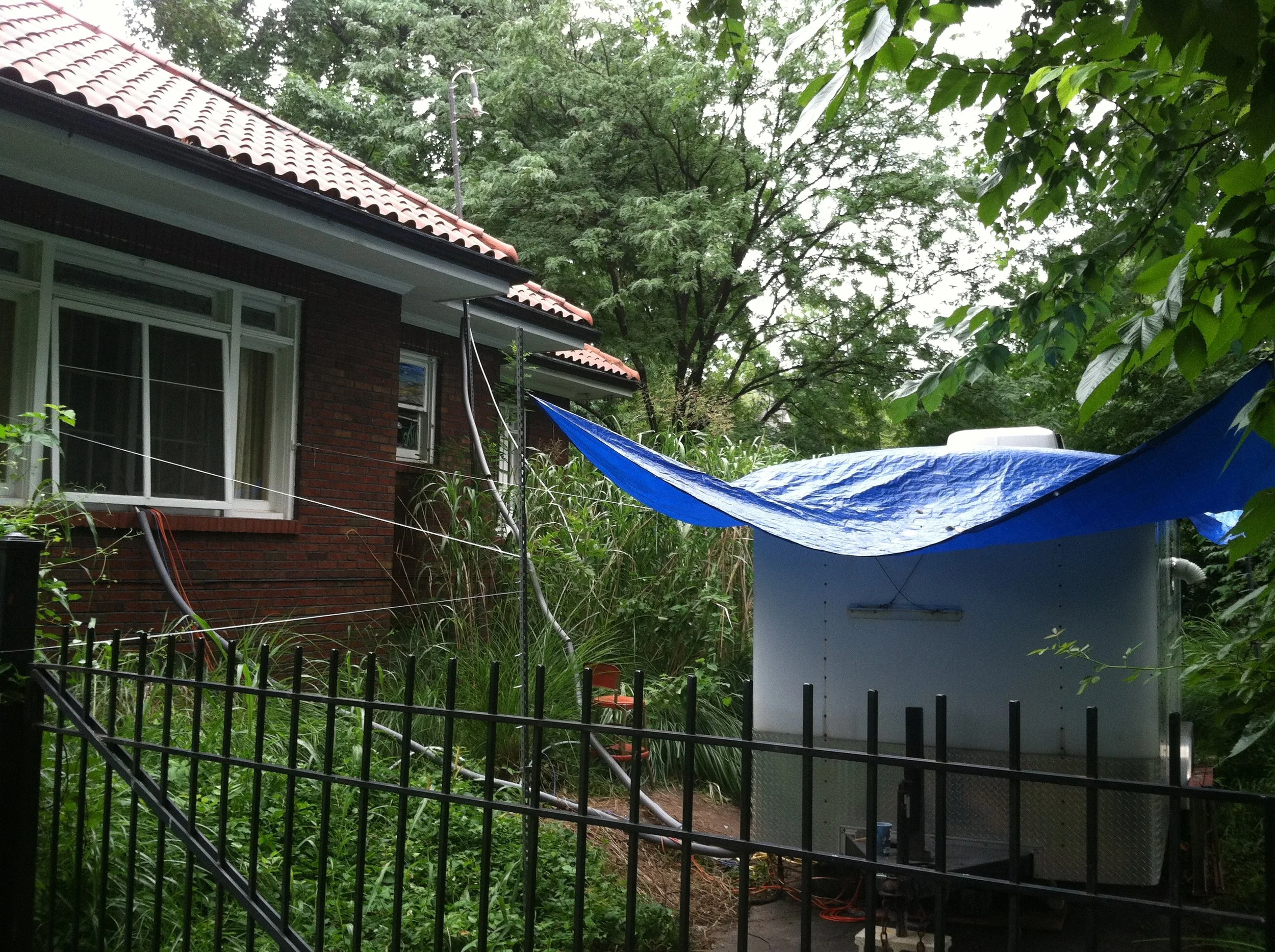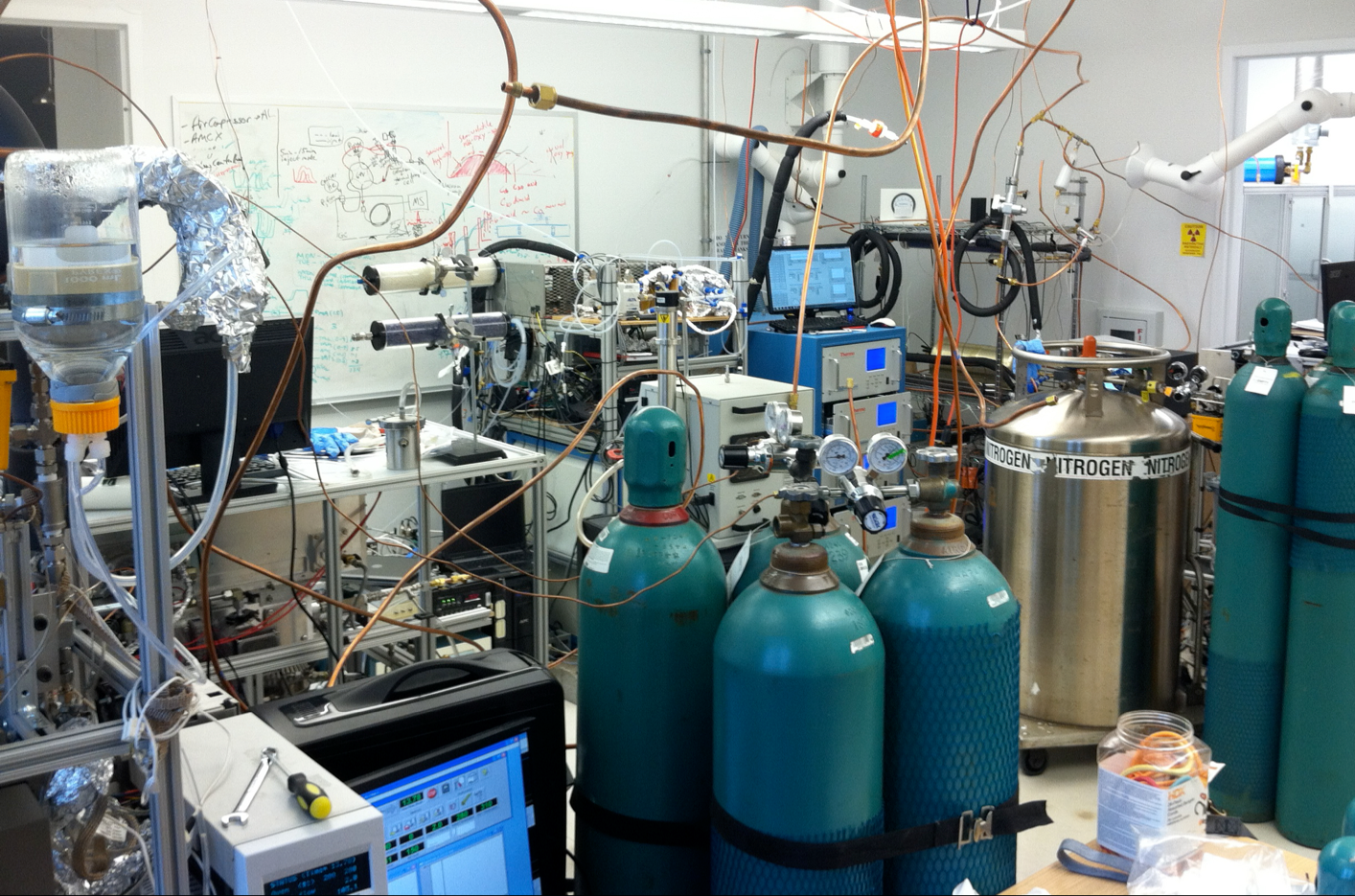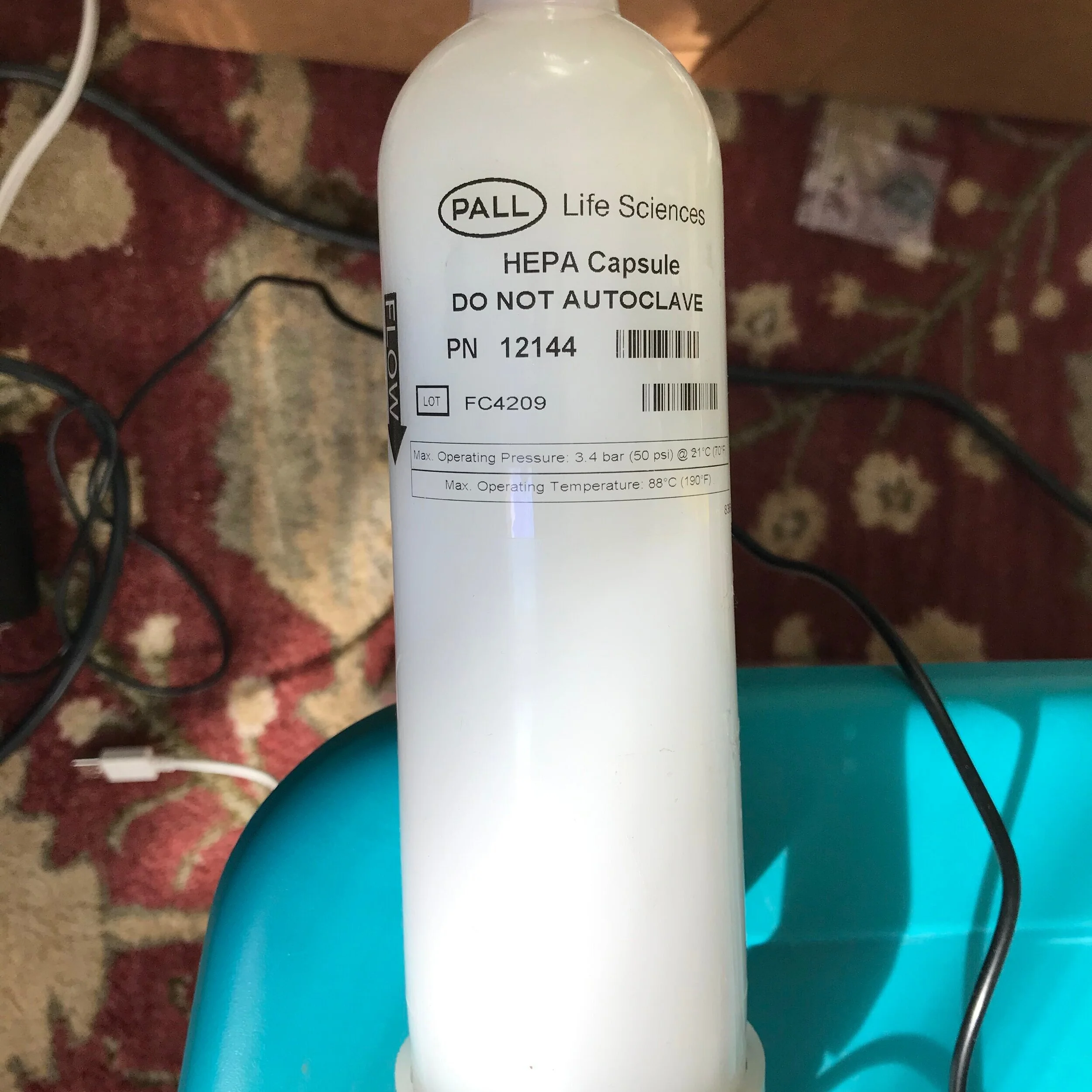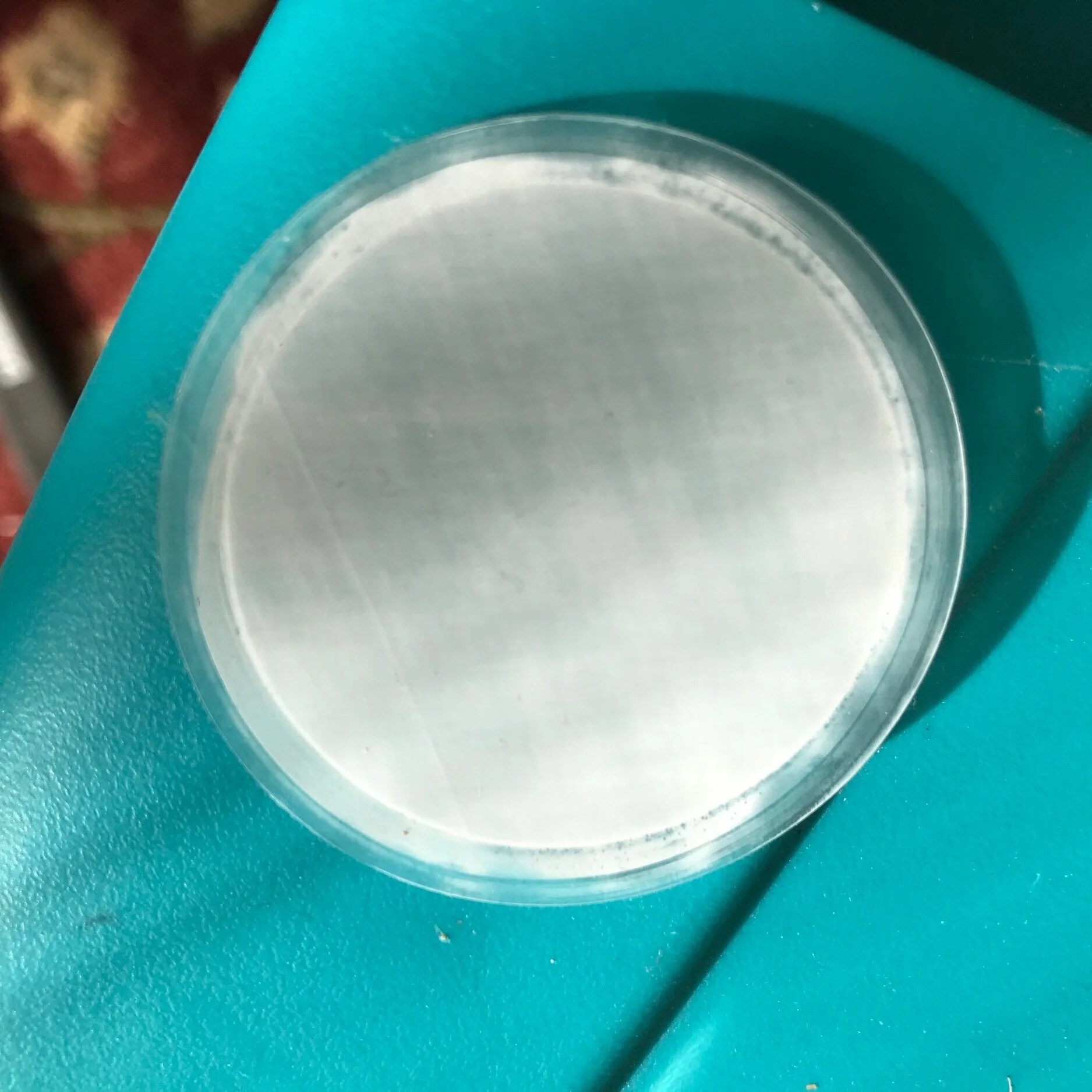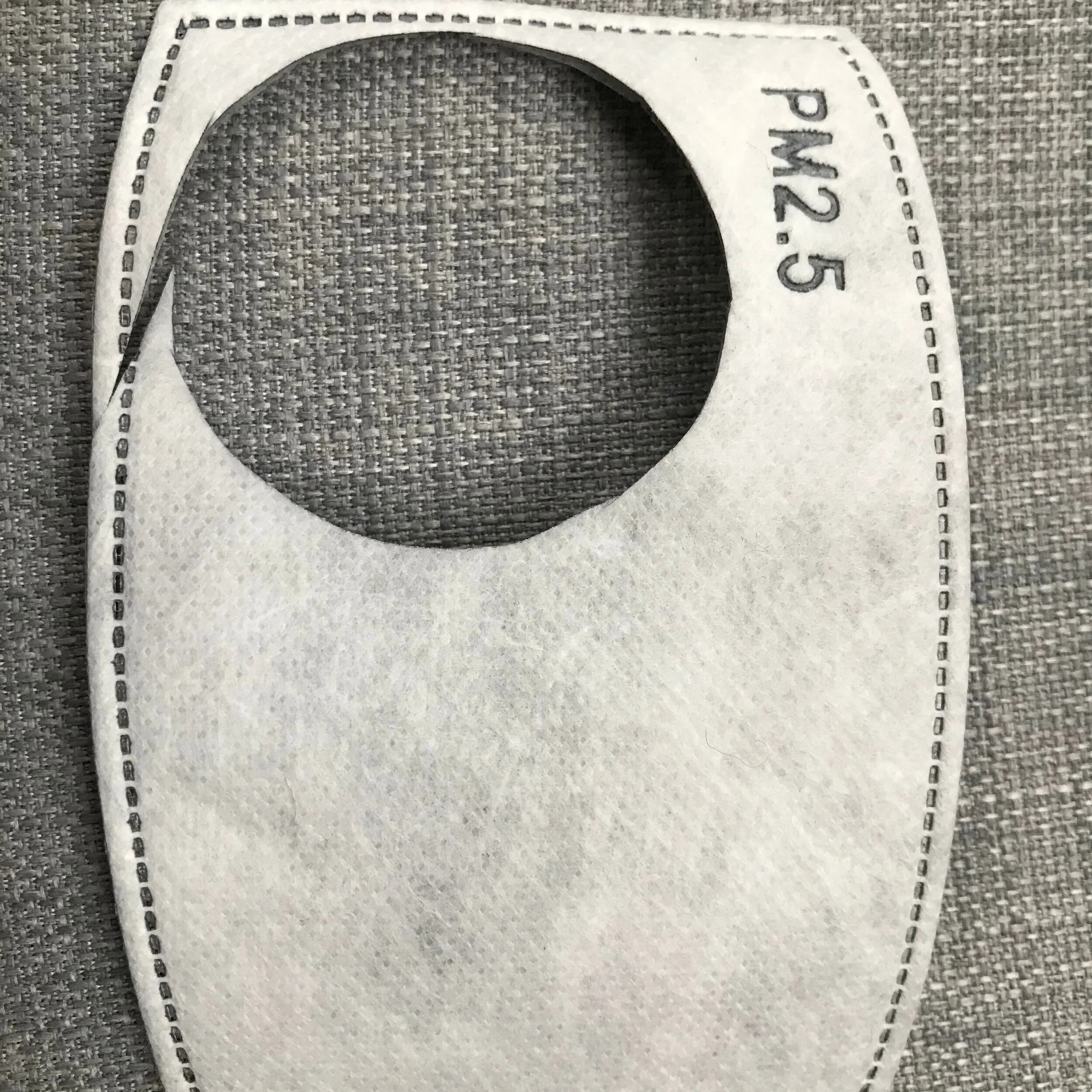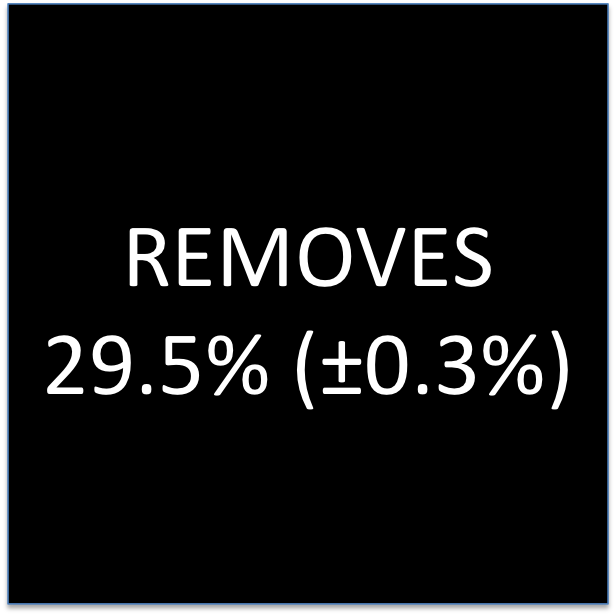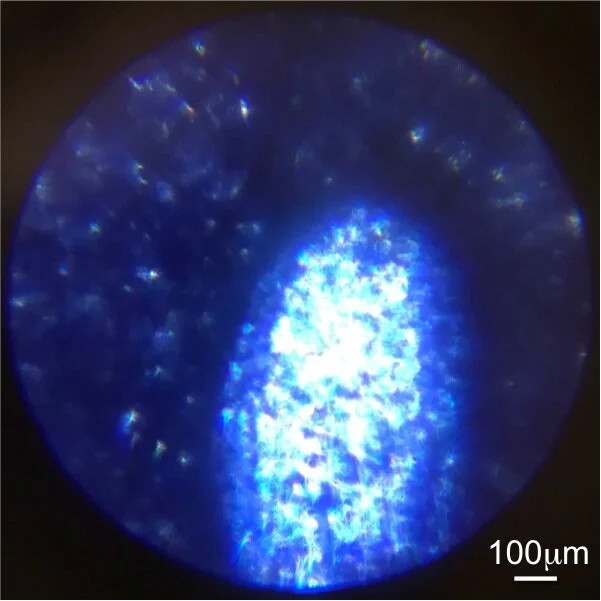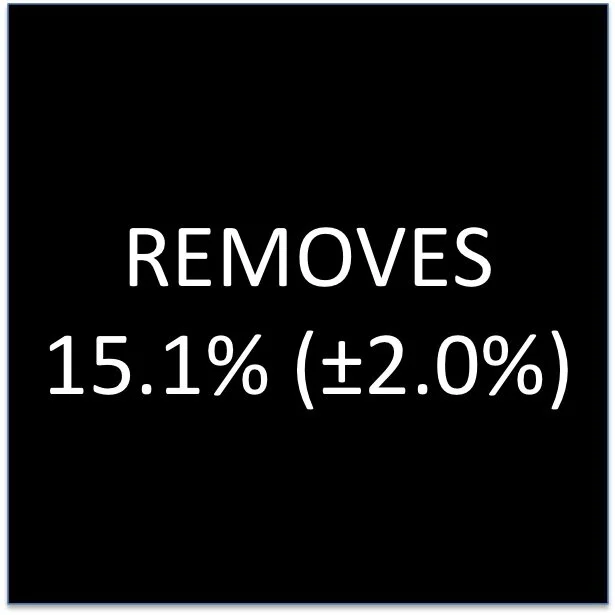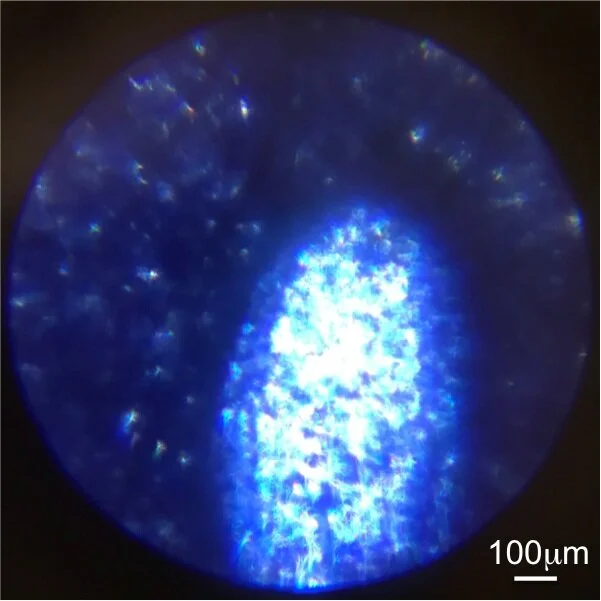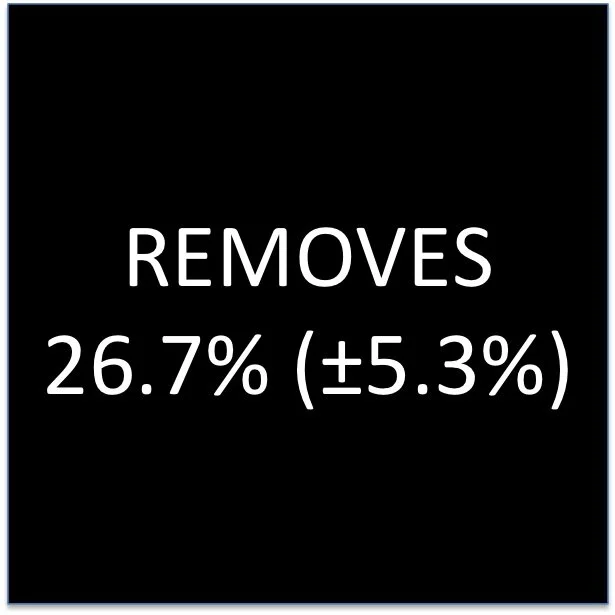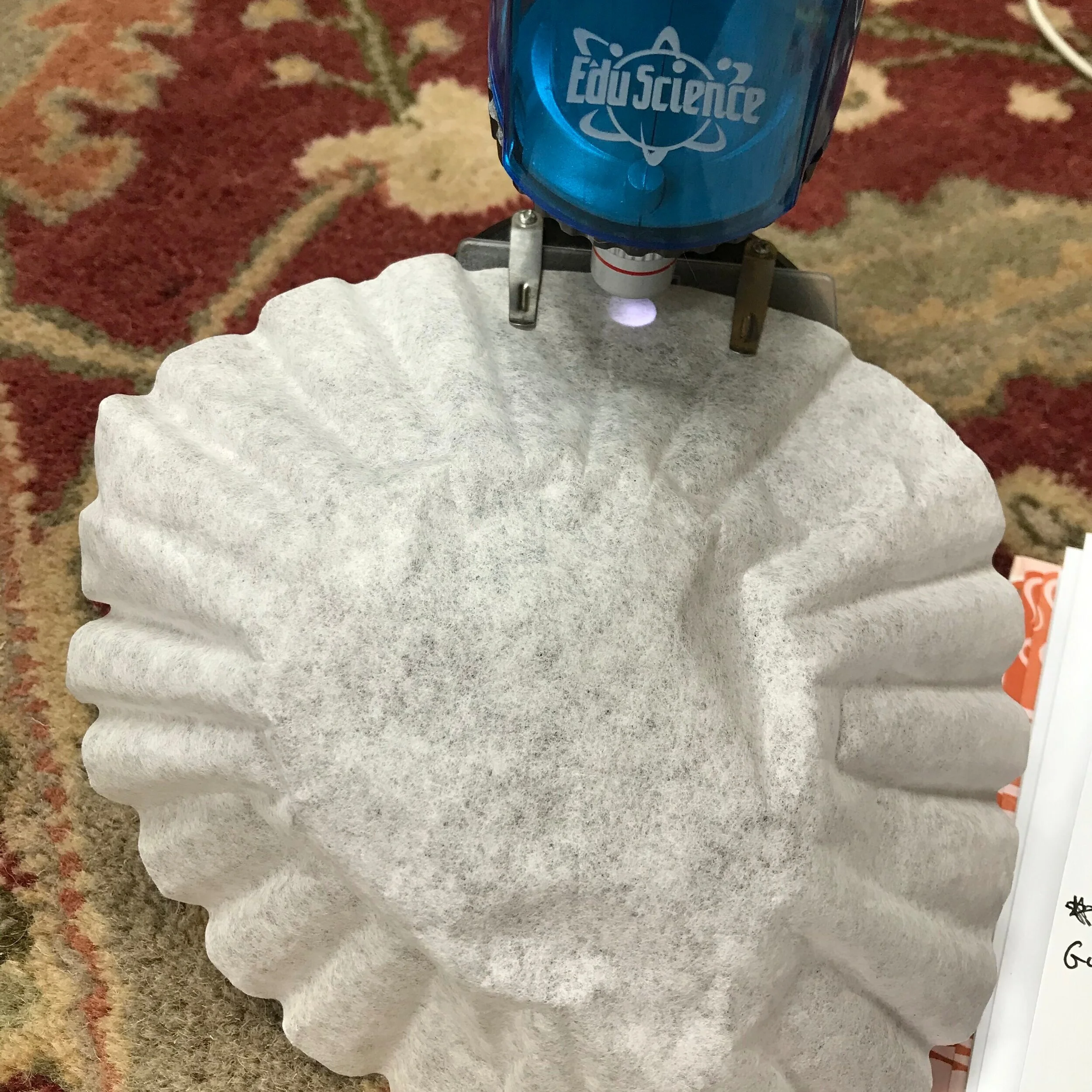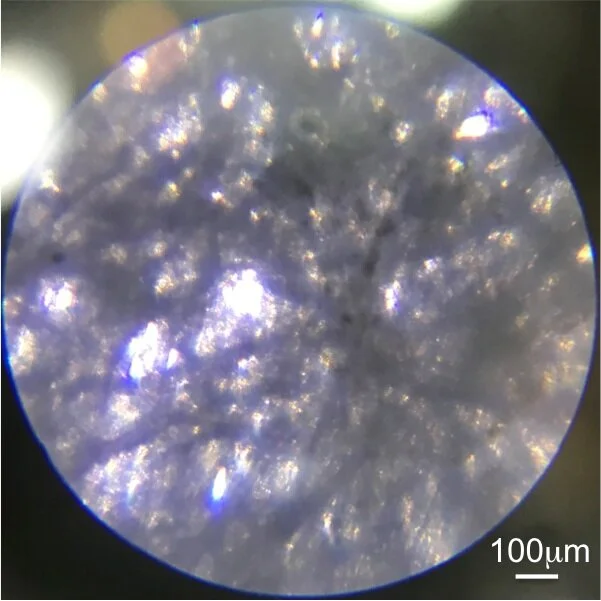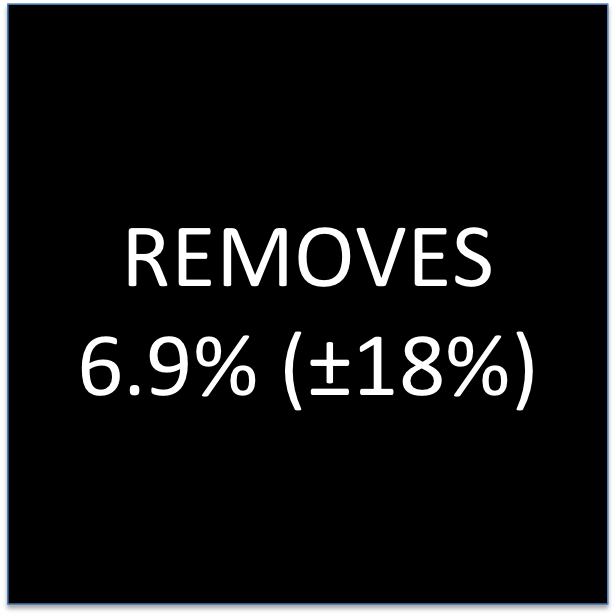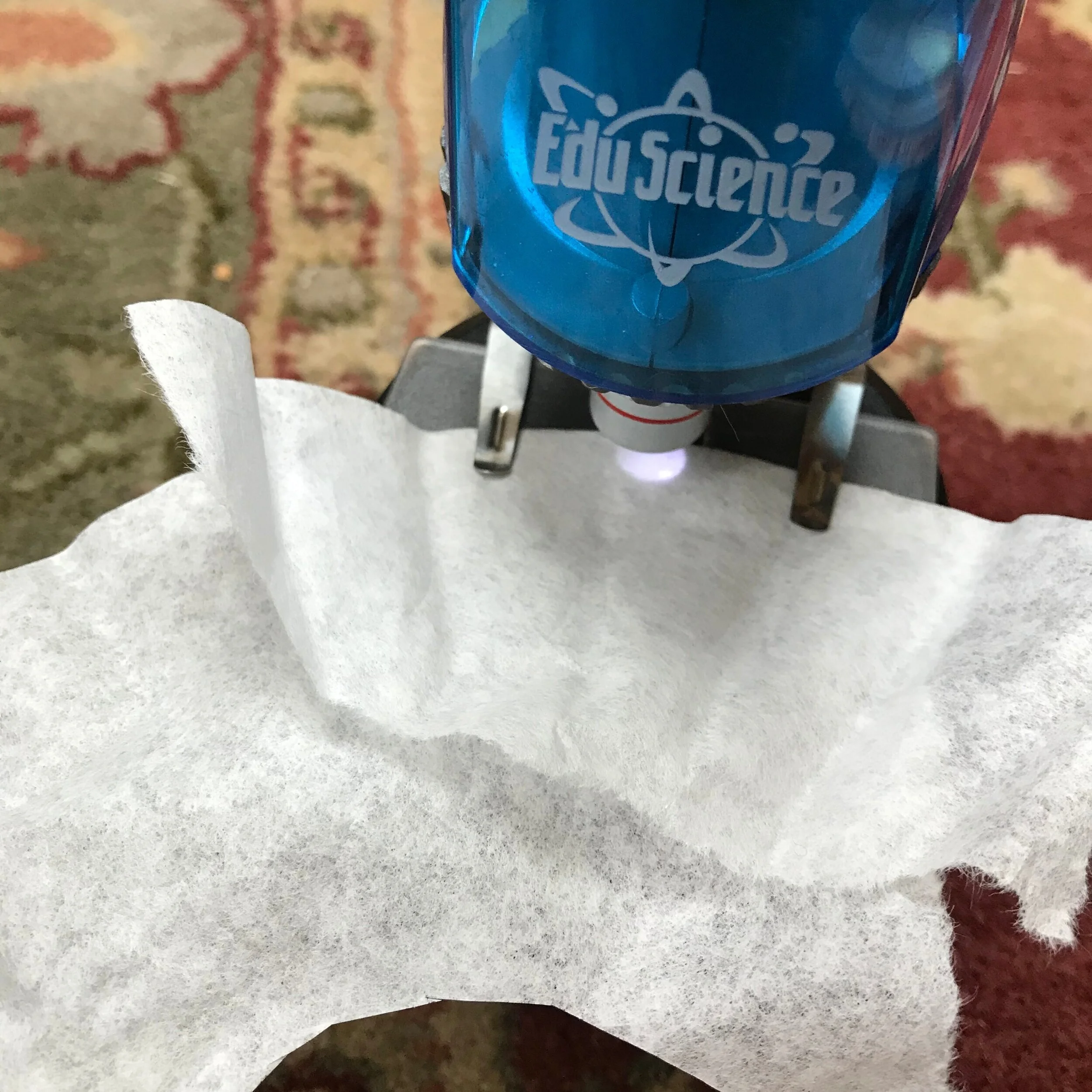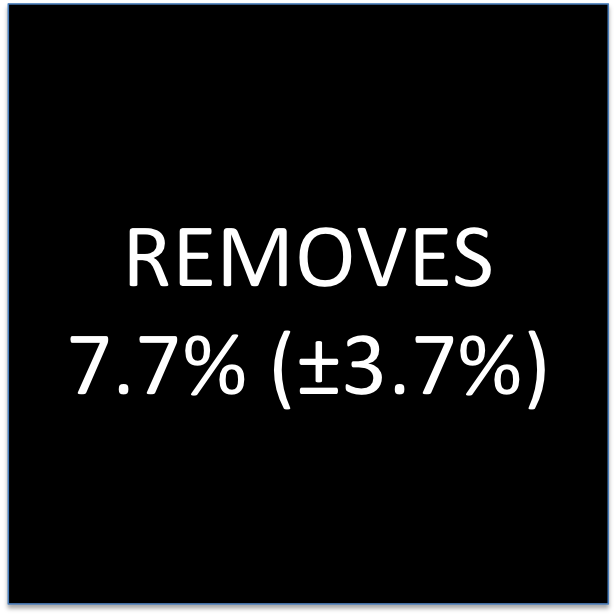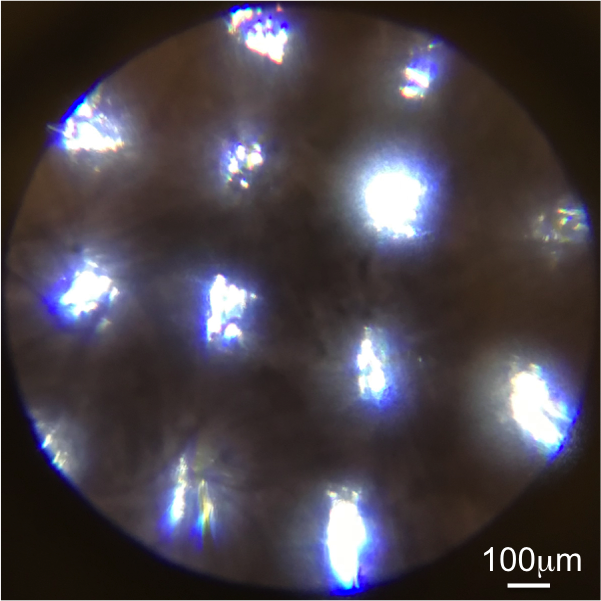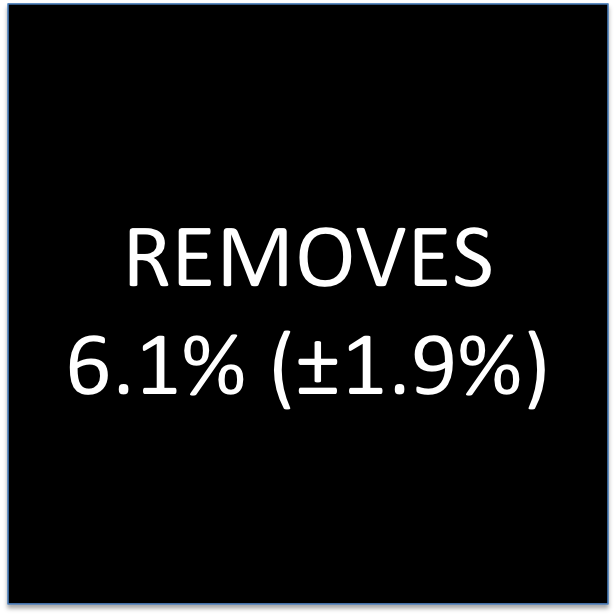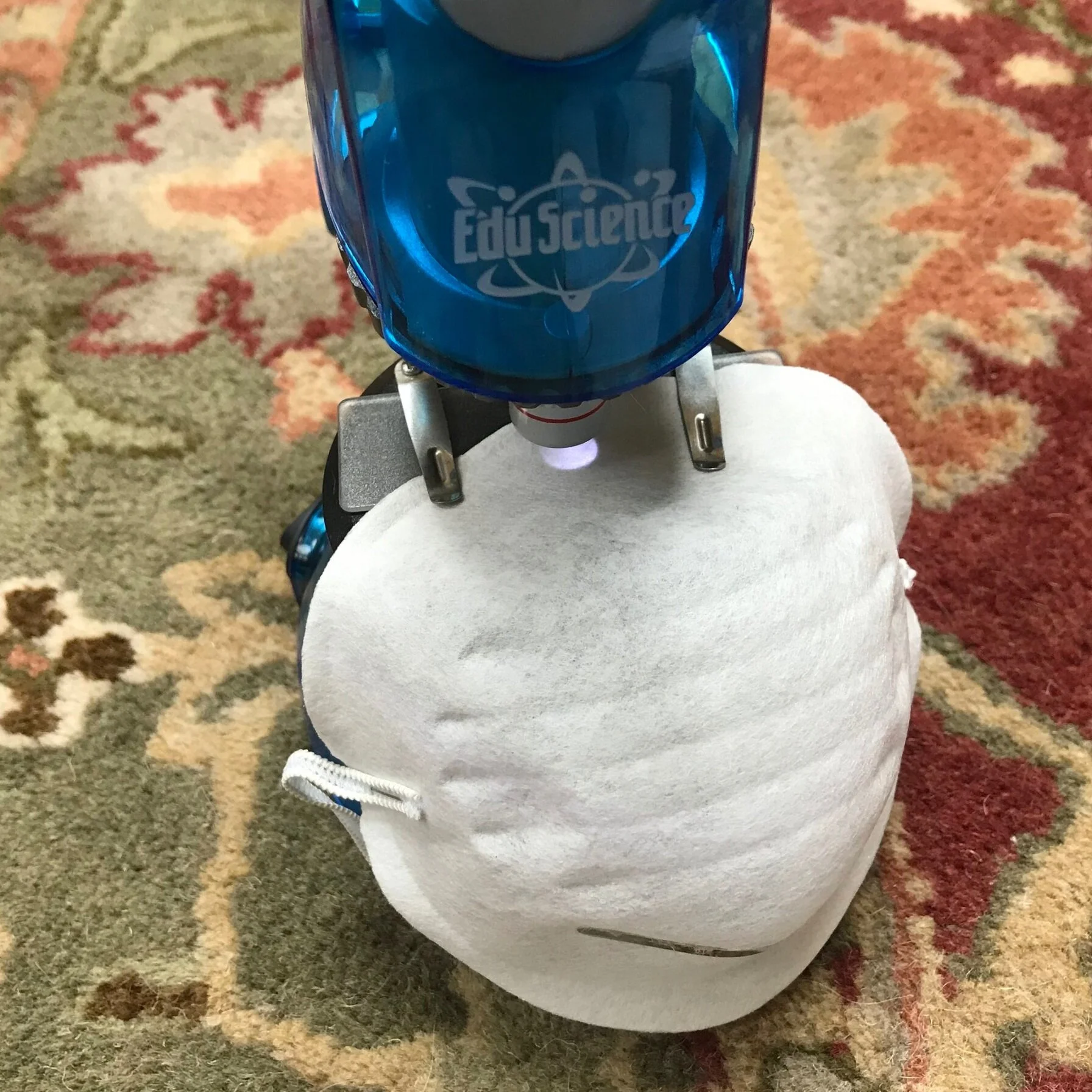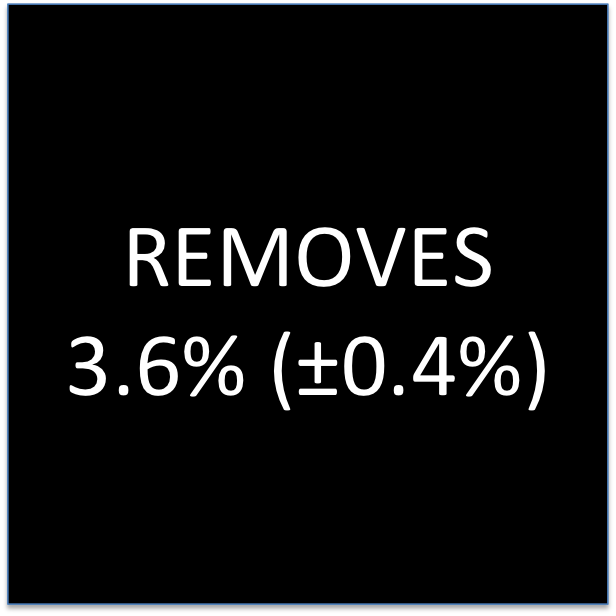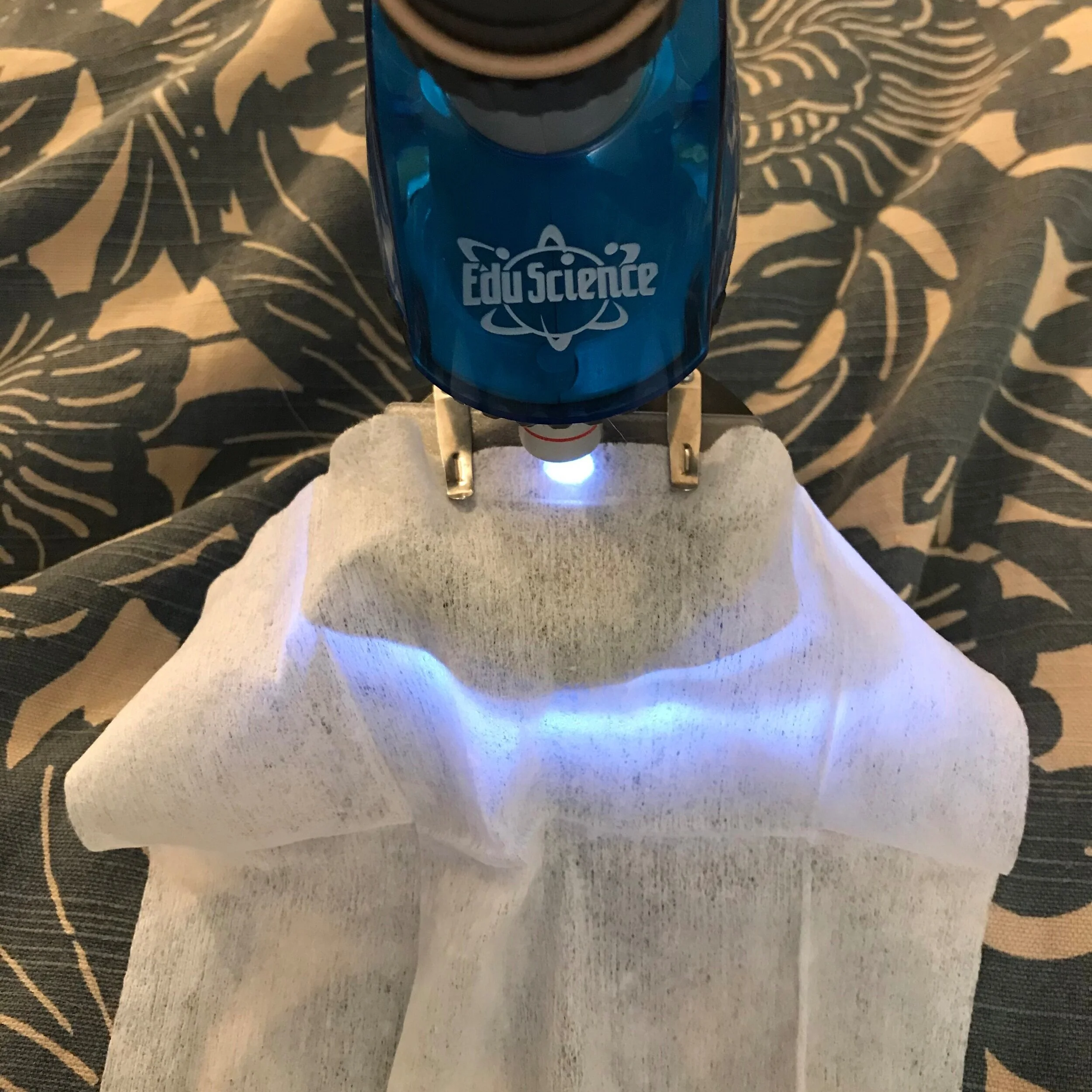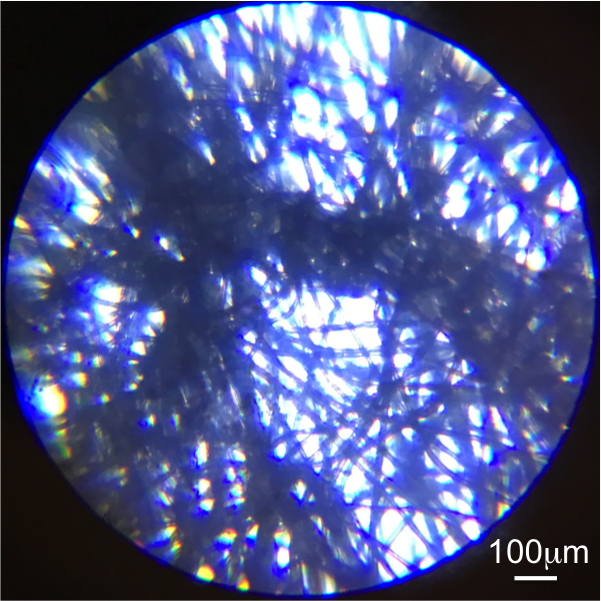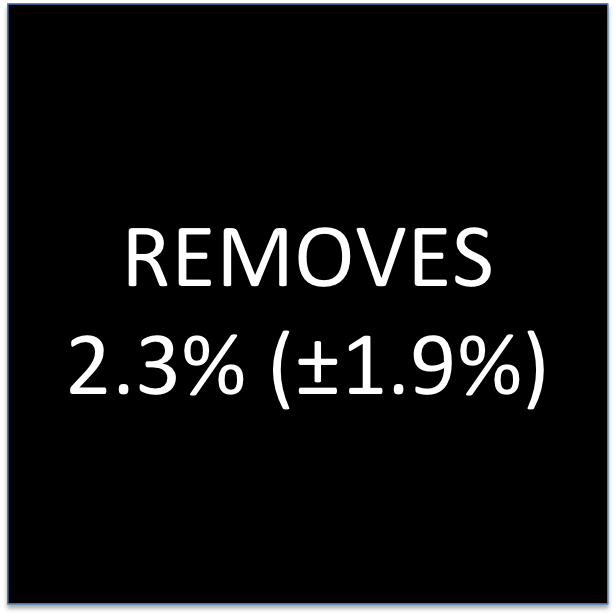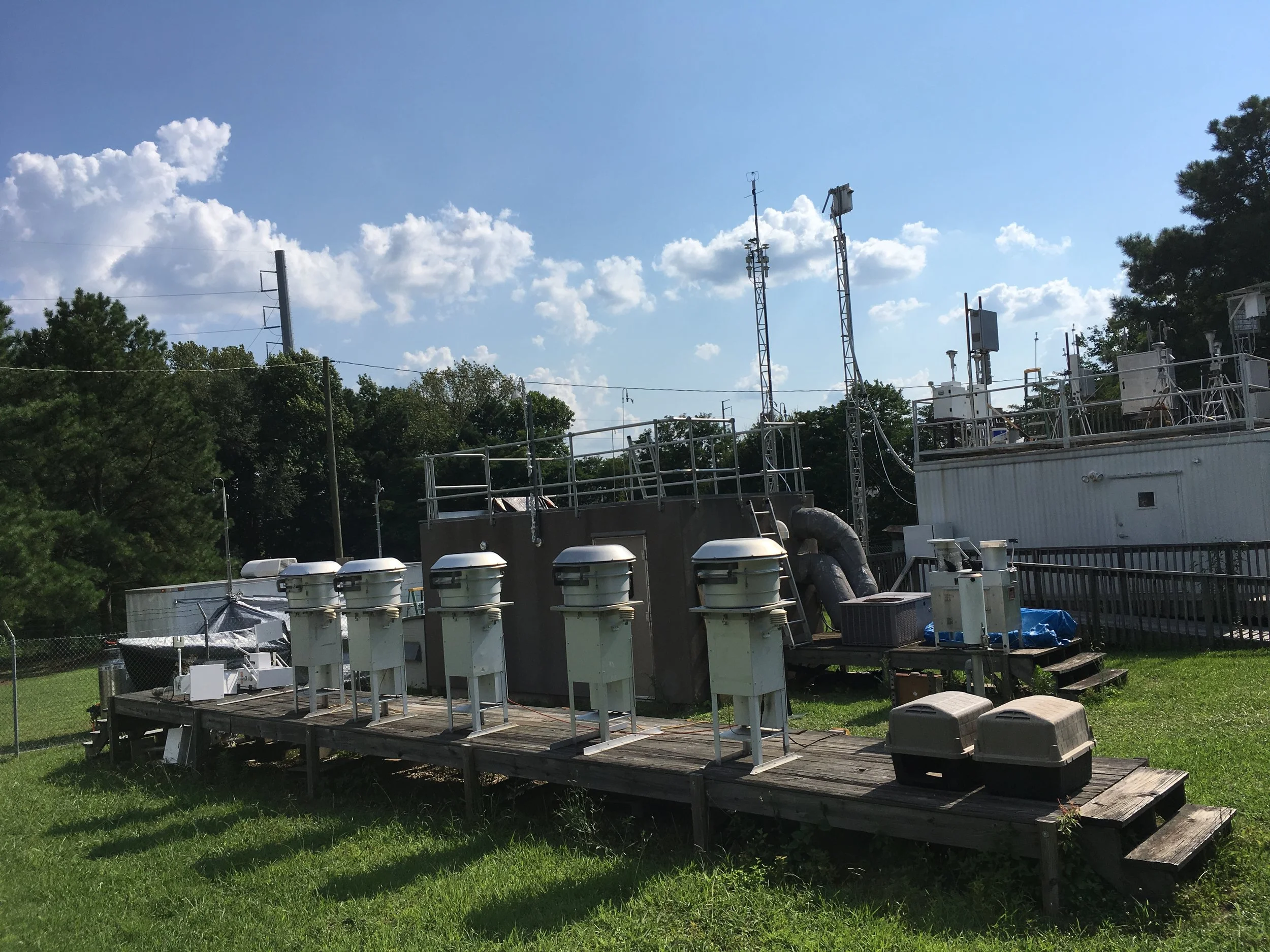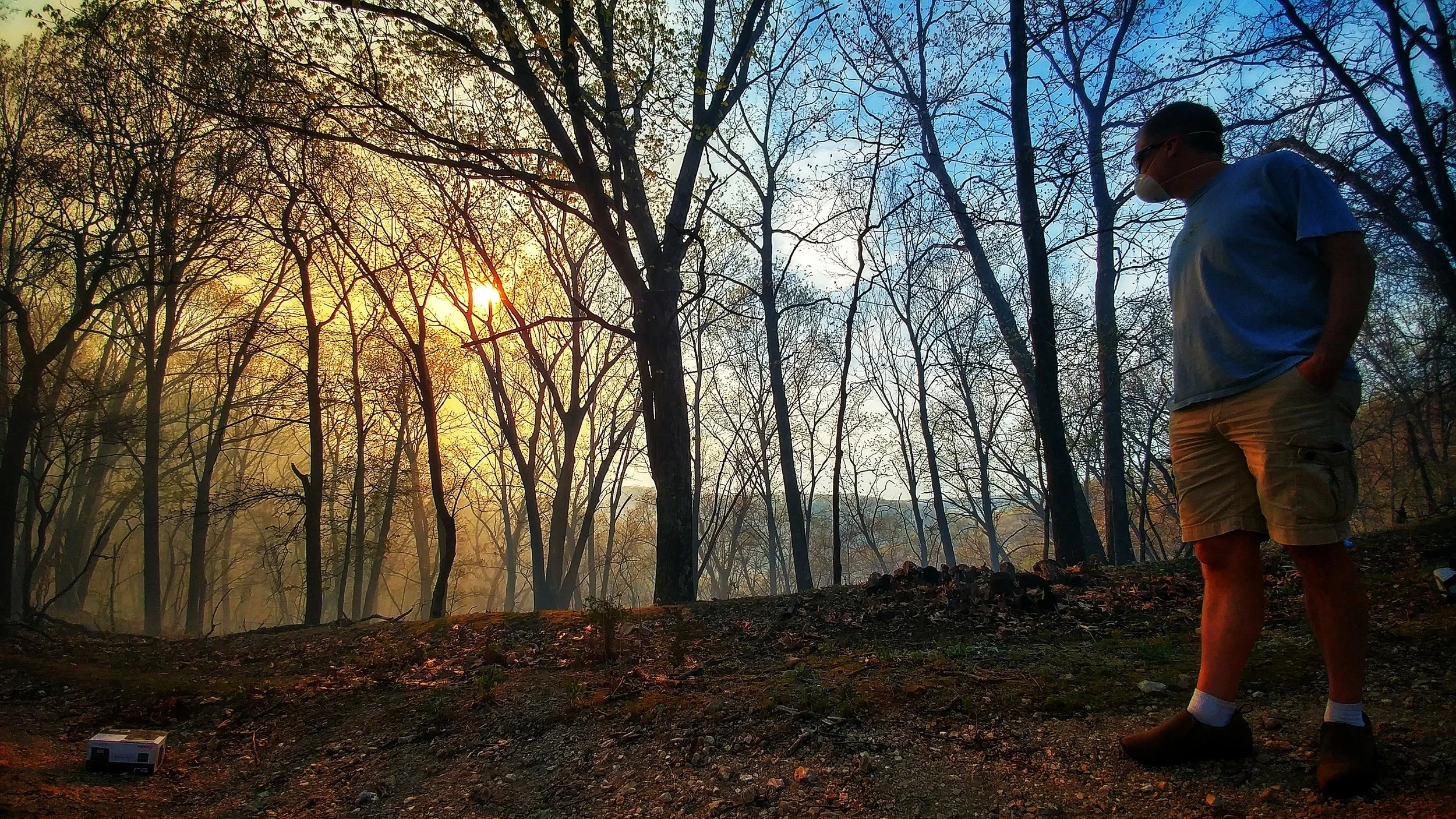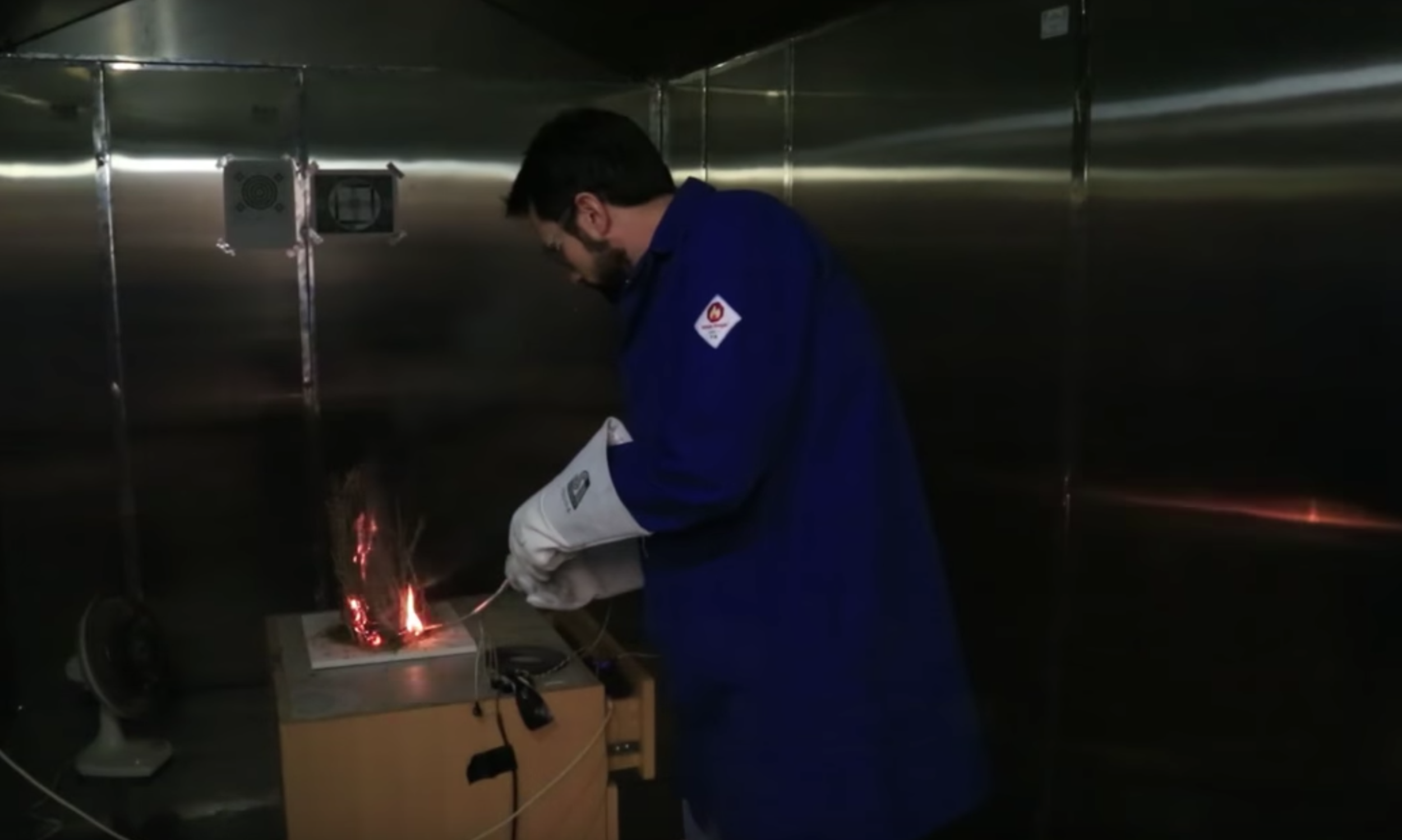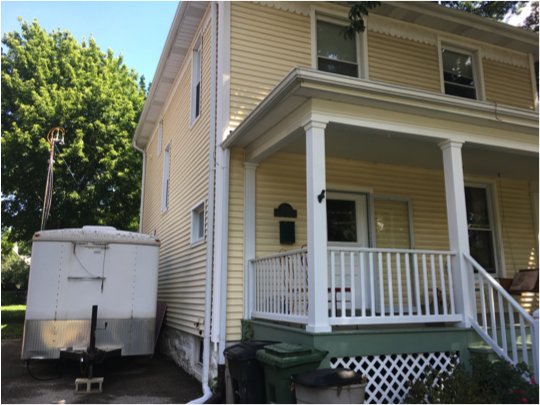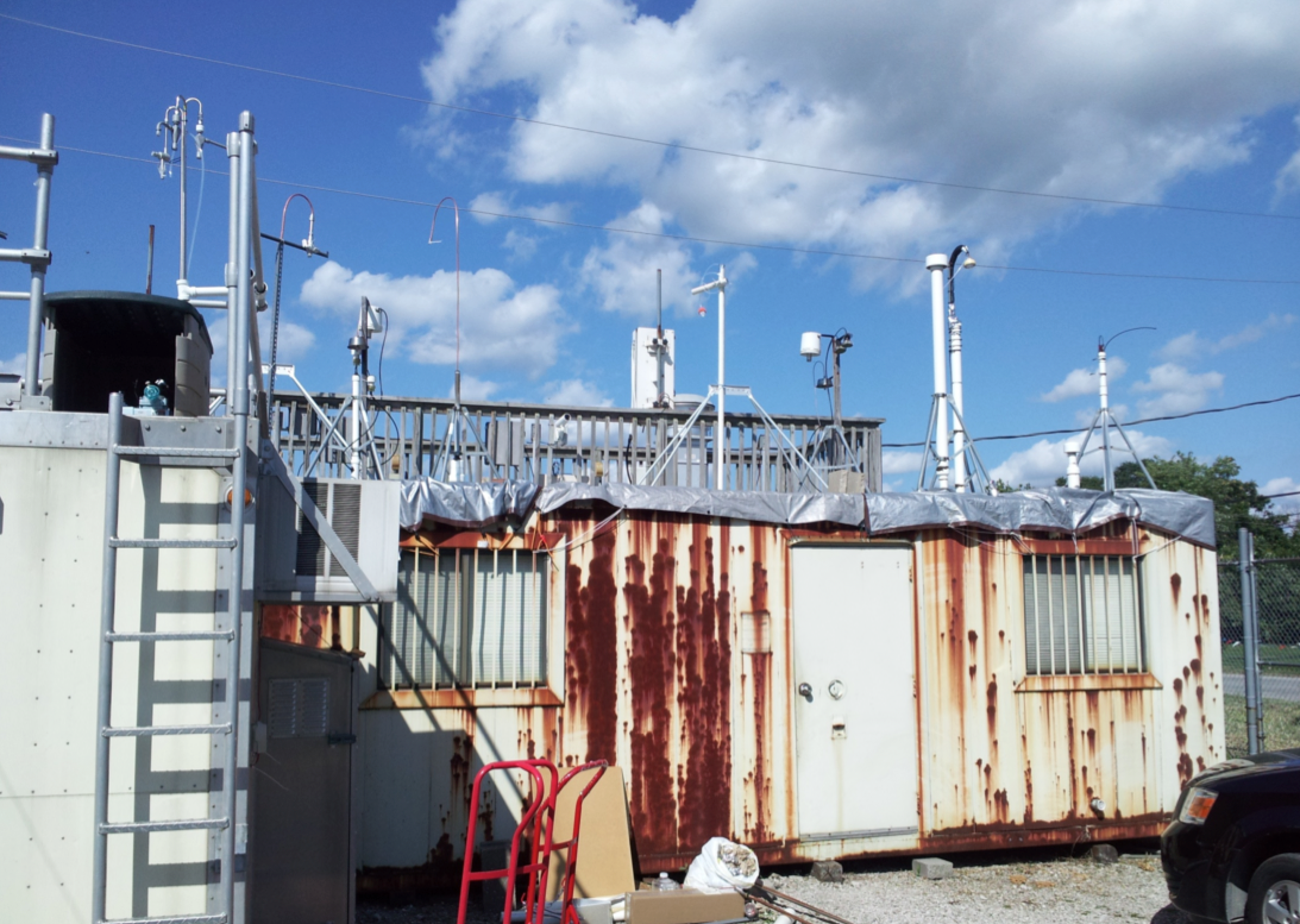research
INSTRUMENT DEVELOPMENT
FIELD STUDIES
lab studies
method & theory development
Click for Current and Past Funding
Current Highlights:
We are participants in the University of Louisville Superfund Research Center. We are conducting mobile platform measurements and land use regression modeling to map VOCs on urban- and neighborhood-scales.
We have recently collaborated on an NSF-funded project: Sustainability Navigating Arctic Pollution Through Engaging Communities (SNAP-TEC), part of a larger project titled Alaskan Layered Pollution and Chemical Analysis (ALPACA). This project focused on improving understanding of wintertime Arctic outdoor and indoor air pollution.
COVID-19 Response
COVID-19: Face Mask testing at washu
Our research group, as part of the Center for Aerosol Science & Engineering (CASE), is participating in collaborative research between the WashU Medical School and McKelvey Engineering to test filtration face mask material, designs, and performance over extended use. Check back here for updates as results come in.
Audrey Dang (PhD in ACT Lab), Ben Kumfer (Research Assistant Professor), David Dhanraj (PhD in AAQRL), and Shruti Chaudhary (PhD in AAQRL) are operating two testing stations to determine the collection efficiency and stability of filtration masks and material. Their work and other CASE-related COVID-19 research is highlighted in this recorded Panel presentation:
EECE Seminar - COVID19 Panel Discussion - April 2020
Check out this New York Times story on how masks work to collect particles (Audrey Dang and Brent Williams served as consultants)
COVID-19: Face Mask Material Testing At Home
In the early days of the COVID-19 breakout, Prof. Williams did some home science to test materials that people were utilizing for homemade face masks during a shortage of N95 masks. Hospitals were quickly in shortage and have been maximizing use of each mask, and now sterilizing masks for reuse. These home tests are only characterizing the mask material, and not the fit of a mask, which is extremely important for a filter material to work properly. These tests also are focused on a range of particles between 300nm - 10,000nm, and at room humidity which is lower than the humidity in your breathing zone. Finally, these materials will filter extremely large particles/droplets that may be ejected during coughing/sneezing and could serve to limit release of contaminant particles/drops, even if they don’t serve well to filter inhaled small particles.
Setup: HEPA filter for blanks, Filter Holder to test material (47mm punches), optical particle counter (300nm-10micrometers) operated by Arduino board, flow meter (10 LPM results reported here, a relevant flow rate if the mask is directly against your face), and a sample pump. Closeup images performed at 40x on beginners EduScience microscope.
Challenge aerosol (particles) generated using Nag Champa incense sticks burned in another room with floor fan mixing air between rooms. This source produced particles mostly < 1,000nm (1micrometer), and does not characterize large droplets that would be captured as you cough/sneeze. Ambient and filtered samples rotated through same inlet system at room level relative humidity. Triplicates performed, standard deviation reported. Percentages reported are based on total particle numbers, not particle mass.
Material
HEPA Filter (PALL) - designed to remove all particles with low pressure drop
Closeup
HEPA Filter (PALL)
Results
HEPA Filter (PALL) - almost all particles removed. Approximately 1 out of every 1 particles removed.
Teflon Filter (PALL) - designed to efficiently collect particles with low pressure drop
Teflon Filter (PALL)
Teflon Filter (PALL) - most particles removed. Approximately 1 out of every 1 particles captured.
Mask Insert (purchased through Amazon order)
Mask Insert (purchased through Amazon order) - three separate layers
Mask Insert (purchased through Amazon order) - Approximately 1 out of every 3 particles captured.
Hospital Fabric - disposable shorts
Hospital Fabric - disposable shorts
Hospital Fabric - disposable shorts. Approximately 1 out of every 7 particles captured.
Hospital Fabric - disposable shorts (Double Layer)
Hospital Fabric - disposable shorts (Double Layer)
Hospital Fabric - disposable shorts (Double Layer) - Unlike coffee filters below, a double layer of this material does seem to significantly improve collection. A double layer of this material performed similar to the PM2.5 mask insert tested above. Too many layers however could cause high pressure drops and limit effectiveness. Approximately 1 out of every 4 particles captured.
Coffee Filter
Coffee Filter
Coffee Filter - not many particles removed, extremely variable between tests. Approximately 1 out of every 14 particles captured.
Double Layer Coffee Filter
Double Layer Coffee Filter
Double Layer Coffee Filter - still not many particles removed, less variable between tests. Approximately 1 out of every 13 particles captured.
Bandana (cotton)
Bandana (cotton) - even big drops (from sneezing/coughing) can get through these holes!
Bandana (cotton). Approximately 1 out of every 16 particles captured.
T-Shirt (cotton)
T-Shirt (cotton) - even big drops (from sneezing/coughing) can get through these holes!
T-Shirt (cotton). Approximately 1 out of every 23 particles captured.
Dust Mask - non-N95 (purchased through Amazon order)
Dust Mask non-N95 (purchased through Amazon order) - even big drops (from sneezing/coughing) can get through these holes!
Dust Mask non-N95 (Amazon) - not many particles removed. Approximately 1 out of every 28 particles captured.
Face Wipe (dried)
Face Wipe (dried) - even big drops (from sneezing/coughing) can get through these holes!
Face Wipe (dried) - very few particles removed. Approximately 1 out of every 43 particles captured.
Particle Source Profiling and Apportionment
In the laboratory we produce sources of primary aerosol (direct emission) and secondary aerosol (formed from gas-to-particle conversion) using the emissions/combustion chamber and PAM photochemical reaction chamber, and detect those emissions using our high frequency measurement techniques (e.g., TAG-AMS, VAPS, PTRMS, MC-TDMA, optical measurements, etc.) (see INSTRUMENTATION page). Many primary chemical source profiles have been developed for common particle emission sources (e.g., vehicle exhaust, biomass burning). We intend to extend upon those chemical profiles and include many new source types, as well as develop secondary aerosol source profiles. These new chemical profiles will be used to identify the major contributing sources of ambient particulate matter (where our main focus is on the organic fraction) for both indoor and outdoor environments.
Biomass and Solid Fuel Combustion
We are working to understand the chemical composition of primary and secondary aerosol from biomass burning (over a range of biomass fuel types) to characterize wildfire emissions, cookstove emissions, and various scales of power production utilizing biomass and solid fuels. Here we utilize our emissions/combustion chamber and PAM photoreactor to produce primary and secondary biomass burning aerosol and detect those emissions using our novel instrumentation.
INSTRUMENT DEVELOPMENT
We are currently developing the TAG-AMS and VAPS systems in collaboration with Aerodyne Research Inc. and Aerosol Dynamics Inc. TAG-AMS development includes laboratory and field testing as well as software development (mostly for post data acquisition processing and analysis). VAPS development includes material testing to maximize mass transfer, integrated system development, and software development. A new version of the TAG system is under development to improve quantification of gas and particle fraction of semi-volatile organic molecules. Additionally, a mid-cost field-deployable multi-column GC/MS instrument is under development for fast monitoring of VOCs.
We have recently created a multi-channel tandem differential mobility analyzer (MC-TDMA) to provide particle size distributions, hygroscopicity, vapor pressures, enthalpy of vaporization, surface tension, and more.
All systems mentioned here are undergoing extensive laboratory and field testing. You can read more about these instruments under the INSTRUMENTATION tab on our website.
Indoor and Outdoor Field Studies
We have performed a wide array of indoor and outdoor field studies to better understand the chemical composition, transport, transformation, and fate of pollutants in indoor and outdoor environments. Some examples of recent field projects are listed below.
Georgia Tech Lab and Field Studies (Summer/Fall 2017)
Photo by Ben Sumlin
Tyson Research Center Controlled Fires
(Winter/Spring 2017)
Lab Fire Studies
https://www.youtube.com/watch?v=arV4-vi0gdo&feature=youtu.be
Air Composition and Reactivity from Outdoor aNd Indoor Mixing (ACRONIM) Studies
(2016, 2018)
St. Louis Air Quality Regional Study (SLAQRS)
(2013)
Southern Oxidant and Aerosol Study (SOAS)
(2013)
Current Funded Projects
U.S. Department of Energy (DOE)
Urban Integrated Field Laboratory – Community Research on Climate and Urban Science (CROCUS) ($25M, $1M to WUStL)
w/ Argonne National Lab and Others
Project Period: 2022-2027
Role: Co-Investigator
National Institutes of Health (NIH)
Renewal: Superfund Research Center: Environmental Exposure and Cardiometabolic Disease ($10.8M, $1M to WUStL)
w/ S. Srivastava (U.Louisville, Medicine) et al.
Project Period: 2022-2027
Role: Subaward Co-PI
National Science Foundation (NSF)
Collaborative Research: NNA Track 1: Sustainability Navigating Arctic Pollution Through Engaging Communities (SNAP-TEC) ($3M, $422K to WUStL)
w/ W.Simpson, J.Mao, L.Conner, N.Kettle (U.Alaska-Fairbanks), K.Pratt (U.Michigan), P.DeCarlo (Johns Hopkins), J.Stutz (UCLA), R.Weber (GeorgiaTech)
Project Period: 2019-2023
Role: Institution PI
Kanomax FMT, Inc.- Minnesota
Combining the High Mass Spectral Resolution of InfiTOF MS with the High Chemical Specificity of Gas Chromatography Separation Techniques for Analysis of Organic Aerosol ($80K)
Project Period: 2022-2023
Role: Principal Investigator (PI)
Alfred P. Sloan Foundation
Addressing the instrumentation needs of the Chemistry of Indoor Environments program through the customization and application of a novel chemically-resolved volatility and polarity separator for improved understanding of indoor air chemistry
w/ G. Morrison (UNC), D. Millet (UMN), N. Kreisberg (Aerosol Dynamics Inc.)
Project Period: 07/01/18 - 06/30/20
Role: Principal Investigator (PI)
National Institutes of Health (NIH)
Superfund Research Center: Environmental Exposure and Cardiometabolic Disease
w/ S. Srivastava (U.Louisville, Medicine) et al.
Project Period: 4/1/18 – 3/31/21
Role: Subaward Co-PI
National Science Foundation (NSF)
CAREER: Laboratory Studies on the Chemical Characterization of Atmospheric Emission Sources and their Oxidative Evolution using Novel Instrumentation
Project Period: 2/1/2016 – 1/31/2021
Role: PI
International Center for Energy, Environment, and Sustainability (InCEES)
Investigating the Air Quality of Haiti and Possible Linkages Between Nutrition, Air Pollutant Exposure, and Anemia in Haitian School-Aged Children
w/ L. Iannotti, J. Steensma (WUStL, Public Health and School of Social Work), J. Turner (WUStL, EECE), E. Cross (Aerodyne Research Inc.)
Project Period: 2017 – 2019
Role: PI
Provost’s Interdisciplinary Teaching Grant Award
Earth’s Future: Causes and Consequences of Global Climate Change
w/ T.R. Kidder (Chair of WashU Department of Anthropology)
2015-2016
Current Projects without specific funding source
Chemical composition of electronic cigarette liquids and aerosols
w/ Walton Sumner (WashU, School of Medicine)
2011-current
Chemical composition of pyrolysis and lignin-based biofuels
w/ Marcus Foston (WashU, Dept. of Energy, Environmental, & Chemical Engineering)
2014-current
Chemical composition of aerosols from the combustion of various solid fuels in cookstoves
w/ Pratim Biswas, Anna Leavey, Sameer Patel (WashU, Dept. of Energy, Environmental, & Chemical Engineering)
2014-current
Chemical composition of ambient particulate matter in New Delhi, India
w/ Suresh Tiwari (Indian Institute of Tropical Meteorology)
2015-current
Previous Funded Projects
U.S. Environmental Protection Agency (EPA)
Indoor exposure to pollutants associated with oxidative chemistry: field studies and window‐opening behavior
w/ G. Morrison, Nuran Ercal, Prem Lobo (Missouri Univ. of Sci. & Technol)
2014-2017
National Aeronautics and Space Administration (NASA)
Intensive Optical Properties of Brown Carbon Aerosols for Satellite Retrievals and Climate Models
w/ R. Chakrabarty (WashU, EECE), W.M. Hao (USDA-Forest Service), B. Cairns, M. Chin, O. Kalashnikova, R. Levy, M. Mishchenko (NASA Goddard Space Flight Center)
2/15/2015-2/14/2018
National Science Foundation (NSF)
MRI: Acquisition of a High Resolution Proton-Transfer-Reaction Time-Of-Flight Mass Spectrometer (PTR-TOF-MS) for Research in Land And Atmospheric Science
w/ D. Millet, B. Toner, K. Yoo, K. Spokas (U.Minnesota, Dept. of Soil, Water, & Climate)
2014
National Science Foundation (NSF)
Primary Emissions and Atmospheric Secondary Organic Aerosol Formation from Coal Combustion and Coal-Biomass Cofiring.
w/ P. Biswas (WashU, Chair of Dept. of Energy, Environ. & Chem. Engineering)
2014-2017
U.S. Environmental Protection Agency (EPA)
Novel Measurements of Volatility- and Polarity-Separated Organic Aerosol Composition and Associated Hygroscopicity to Investigate the Influence of Mixed Anthropogenic-Biogenic Emissions on Atmospheric Aging Processes. (Early Career)
4/01/2013 - 3/31/2016
National Science Foundation (NSF)
Atmospheric Fullerene Chemistry: Elucidating Oxidative Pathways and Characterization of Corresponding Derivatives
w/ J. Fortner (WashU, Dept. of Energy, Environ. & Chem. Engineering)
2/01/2013 – 1/31/2016
Department of Energy (DOE) SBIR Phase II
Volatility and Polarity Separated Total Organic Aerosol using Thermal Desorption Modulated Chromatography
w/ Aerodyne Research Inc., Aerosol Dynamics Inc., J. Jimenez (UC-Boulder)
9/01/2012 - 8/31/2015
International Center for Advanced Renewable Energy & Sustainability (ICARES)
Atmospheric Photochemistry and the Hydrological Fate of Black Carbon Soot Particles
w/ J. Fortner and B. Kumfer (WashU, Dept. of Energy, Environ. & Chem. Engineering), S. Hayes (WashU, Dept. of Chemistry)
5/01/2014 – 4/30/2015
Department of Energy (DOE) SBIR Phase I
Volatility and Polarity Separated Total Organic Aerosol using Thermal Desorption Modulated Chromatography
w/ Aerodyne Research Inc.
9/01/2011 - 8/31/2012
Department of Energy (DOE) SBIR Phase II
Volatility-Resolved Measurements of Total Gas-Phase Organic Compounds by High-Resolution Electron Impact Mass Spectrometry
w/ Aerodyne Research Inc., J. Kroll (MIT)
10/01/2010 - 9/30/2012
WUStL Sustainable LandLab Competition
Sunflower+Project: StL
w/ Don Koster et al. (WashU, School of Design & Visual Arts)
2013
McDonnell Academy Global Energy and Environmental Partnership (MAGEEP)
Biomass-Derived Particles in Engineered Systems and the Environment of India
w/ P.Biswas and J. Turner (WashU, Dept. of Energy, Environ. & Chem. Engineering), G. Yadama (WashU, School of Social Work), V. Sethi (IIT-Bombay)
12/15/2011-9/14/2014
International Center for Advanced Renewable Energy & Sustainability (ICARES)
Chemical Composition of Biomass Combustion Aerosol: Direct Emissions and Atmospheric Processing
w/ P. Biswas (WashU, Chair of Dept. of Energy, Environ. & Chem. Engineering)
9/01/2011 - 8/31/2012

